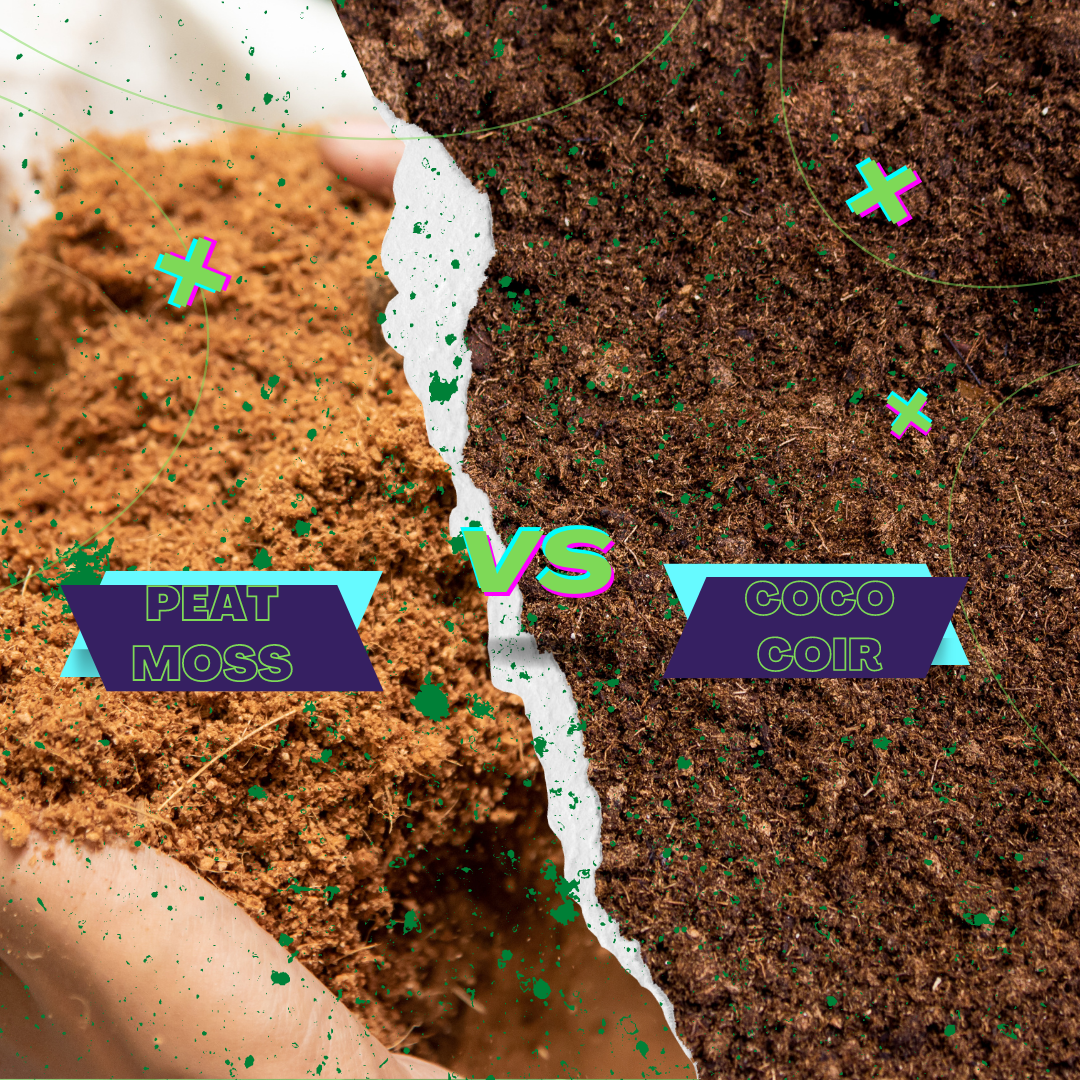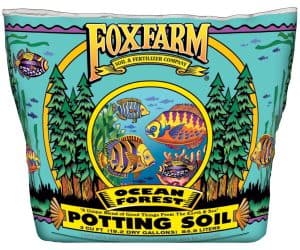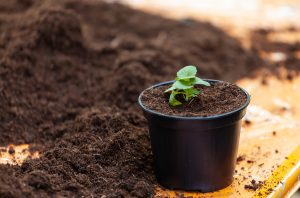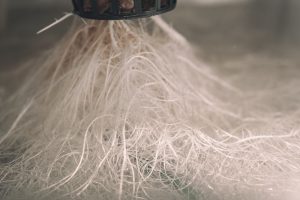Coconut Coir, the widely-used hydroponic growing medium, is in recent years rising in popularity as a soil conditioner, in many cases replacing the employment of sphagnum, as both are very similar products. So, the question is, which one is that the best for contemporary gardeners? This argument usually comes all the way down to a discussion about sustainability and effectiveness.
Sphagnum and coconut coir are both great soil additions. Both are all-natural and plant-based. Both mediums help to interrupt up heavy clay soils and improve water retention in sandy soils. Each has its own separate group of nutrients that are beneficial to the soil, and both encourage natural microbial populations. Though there are many similarities between the 2 mediums, they need their differences additionally, and that’s where we are going to be better ready to discern the higher choice between the 2.
What is coco coir?

Coir, or coconut fiber, in its many forms, is that the new kid on the block in terms of all-natural soil alternatives. Coco coir has long been utilized in hydroponic gardening thanks to its water retention and its deterrence of fungus gnats and certain diseases, likewise as its root-supporting structure. Though its popularity has risen within the recent past, it functions within the garden abundantly like moss.
Coco coir could be a byproduct of coconut processing. The fibrous husks of coconuts are ground or decomposed so as to provide a product that’s very just like sphagnum moss in weight and texture, but darker in color. the bulk of the world’s coconut fiber comes from the state or India.
What is peat moss?

Peat moss may be a traditional soilless growing medium that comes from peat bogs. Peat bogs are swamps or marshes that are crammed with a decomposed peat moss. Most bog moss within the us comes from Canada. the ultimate product may be a light, fluffy, soil-like material.
Peat moss became available to gardeners within the mid-1900’s and has had a powerful impact on the way we grow plants today. it’s a fantastic ability to manage water efficiently and hold onto nutrients that, in other mediums, tend to leach out of the soil far more quickly. additionally, to those benefits, sphagnum moss also improves the feel and consistency of the soil.
Advantages of Peat Moss vs Coco Coir
The pith of the coconut, from which coco coir is formed, contains high amounts of lignin and cellulose that prevent the substance from decomposing and shrinking. this enables coir the power to carry more water than sphagnum, but it’s unable to carry the water as long. Coir contains a pH of 5.8 to 6.8, which is near the neutral range enjoyed by a large style of plants. this suggests that coir is more suited to a large sort of plants while not having the addition of limestone to regulate the acidity levels.
Peat moss soaks up to twenty times its own weight in water and releases that water very slowly. If you don’t water your plants fairly often, they’ll likely survive on the water that’s stored in sphagnum. While being acidic is also an obstacle in cultivating many plants, it is a bonus if you water your plants with H2O, which is usually alkaline. sphagnum moss is somewhat less costly than coco coir.
Disadvanatges of Peat Moss vs Coco Coir
Cows roam freely in India, which is an issue for coconut coir manufacturers, as coco coir can easily be contaminated with animal manure. H2O is employed to extract fiber from ripe coconuts. However, if the coconuts aren’t fully ripe, they’re then processed with brine, which might cause high salt levels within the coir. Coir is costlier than bog moss within the US due to the shipping costs of transporting it from Asia. Using coir also requires cutting short on potassium in fertilizers and increasing nitrogen levels.
Peat moss has an acidic base, usually around 3.5 to 4 pH. Some plants just like the high acidity levels of bog moss, but otherwise, the limestone must be added to lift the pH level. moss can often contain bacterial and fungal spores which will contaminate plants. It also attracts snails, which show no interest in coir.
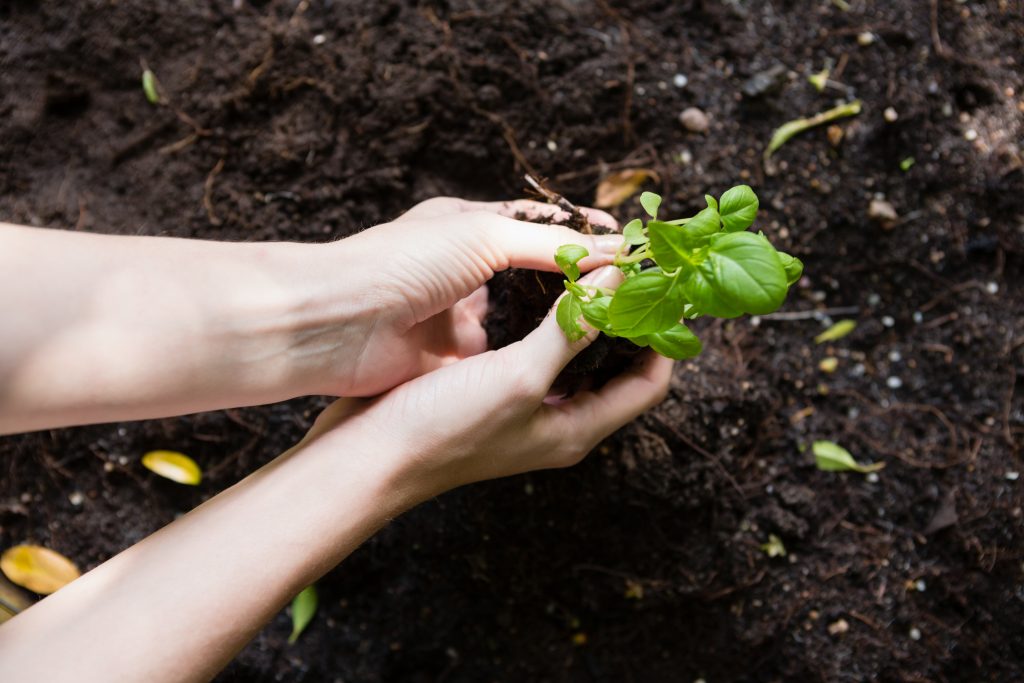
Sustainability
Though industry officials tend to disagree, sphagnum moss is taken into account by wetland ecologists to be harvested at unsustainable rates. professor Alan Meerow of the University of Florida IFAS Extension believes that bog moss is unsustainable, as they take up to 25 years to renew after harvesting.
However, the Canadian Sphagnum moss Association and Jeff Ball from Garden Rant make a motivating case for the renewability of peat. in keeping with their studies, just one of each 6,000 acres of sphagnum in Canada is harvested every year, and as peat bogs are considered living entities, they’re believed to grow 70% more moss than what’s harvested annually.
Coir, on the other hand, is often available, because it may be a stuff of coconut harvests. The outer husks are removed with water and processed into many products, one being soil amendments. Because coconut fiber is consistently available and grows on trees, it’s widely considered to be a more sustainable resource than sphagnum moss.
We have to consider that Coir requires significant amounts of processing that uses much valuable water, which is already a limited resource in India, and leaves the water polluted after processing. His blog also cites a study that claims that working conditions in coir processing facilities cause worker health problems that will make such work illegal in Europe and also the US.
Perhaps the foremost impactful long-term problem from coconut coir processing is that the depletion of soil nutrients caused by growing coconuts in bulk and exporting the organic matter needed to replenish the soil. If you’re taking under consideration the environmental damage which will be attributed to coconut farming and coir production, it hardly seems fair to label it as sustainable and eco-friendly as compared to sphagnum.
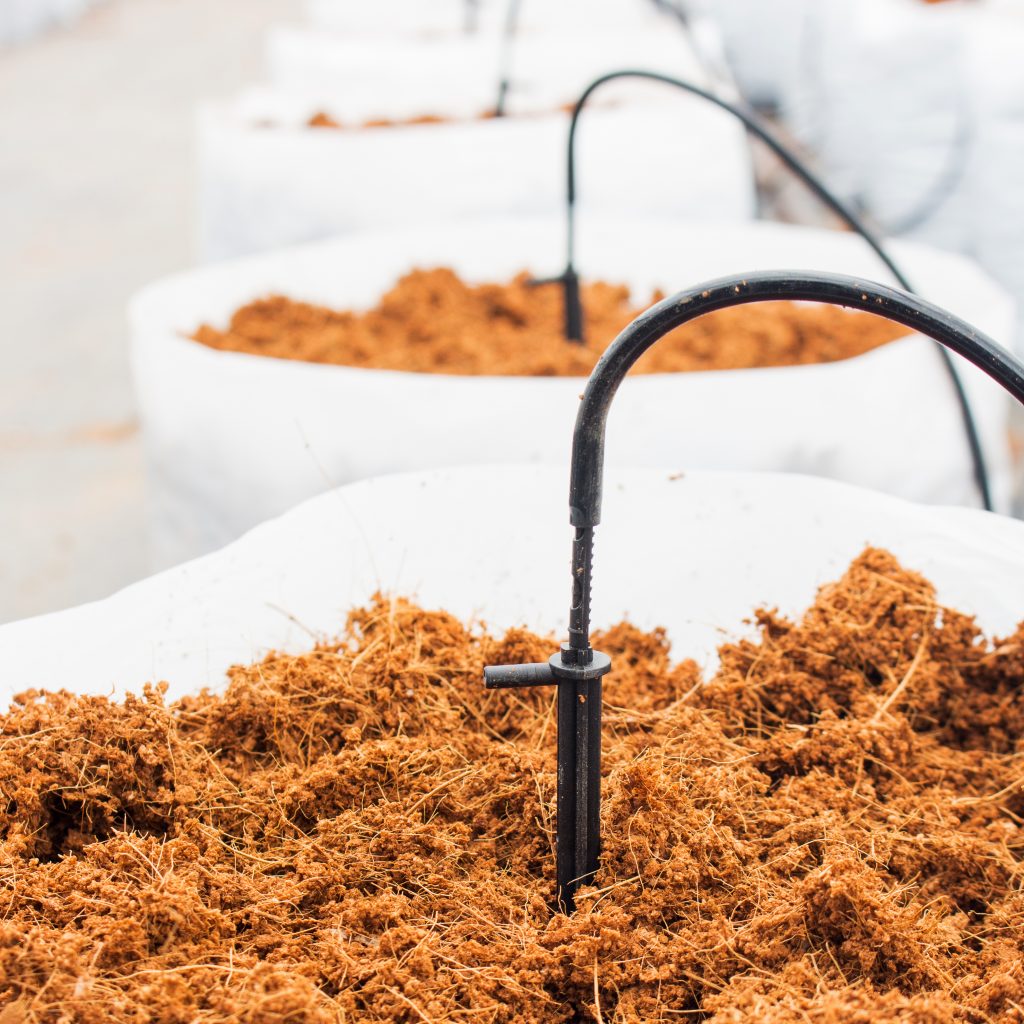
Peat moss Costs
Though mentioned within the advantages and downsides sections that coconut coir is slightly costlier than bog moss, the difference in cost is minimal, and is essentially thanks to shipping costs for transportation of the products, as coconut coir costs more to move to the USA from land and India than sphagnum moss, which usually only travels from Canada to the US compared.
Peat moss pH
Peat moss is acidic, with a pH level around 3.3 to 4.0, which is great for acid-loving plants, but could cause harm to plants that are less tolerant of low pH levels. thanks to its low pH, bog moss is commonly used as a soil amendment to regulate and acidify soils that are too alkaline. for many planting needs, a neutral pH is preferred, so lime is usually added to peat-based soils before planting can occur. Most peat moss-based potting soils also include lime. Coconut fiber, compared, encompasses a pH range of 5.2 to 6.8, which is far more acceptable to a way wider range of plants without the requirement of additives.
Peat moss Water Absorption
Peat moss tends to shed water when first wetted, and coconut coir adjusts to water more easily than bog moss. Needing less time to become saturated, coir also needs less water. However, despite reports that coir includes a greater water holding capacity, sphagnum holds 10 to twenty times its weight in water, while coir only holds a mean of 8 to 9 times its weight. Peat and coco coir products also are available in varying textures which may affect their ability to carry water.
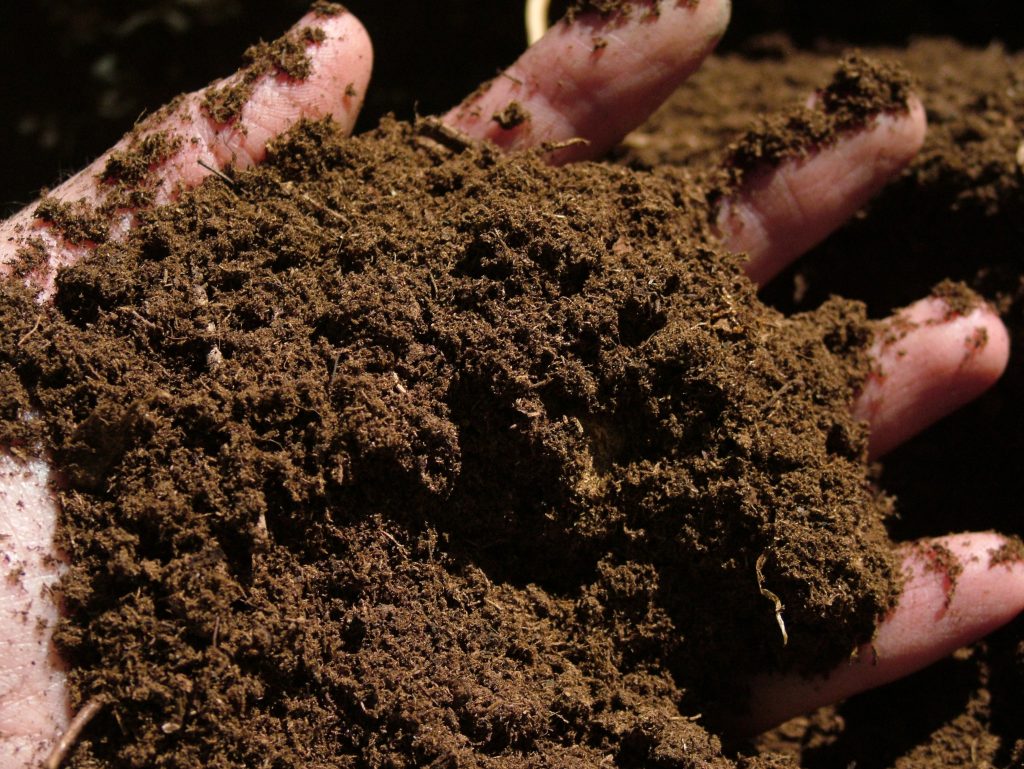
Peat moss Water Absorption
Peat moss tends to shed water when first wetted, and coconut coir adjusts to water more easily than bog moss. Needing less time to become saturated, coir also needs less water. However, despite reports that coir includes a greater water holding capacity, sphagnum holds 10 to twenty times its weight in water, while coir only holds a mean of 8 to 9 times its weight. Peat and coco coir products also are available in varying textures which may affect their ability to carry water.
Which Medium Is Healthier For Contemporary Gardens?
With the results of varying studies and every medium having a unique set of drawbacks yet as advantages, a transparent winner isn’t easily discernible. Both mediums have their place within the gardening world, and both will still be wont to improve garden soils around the world. With all of the knowledge in hand, only you’ll be able to decide which soilless potting alternative is correct for you and your garden.

